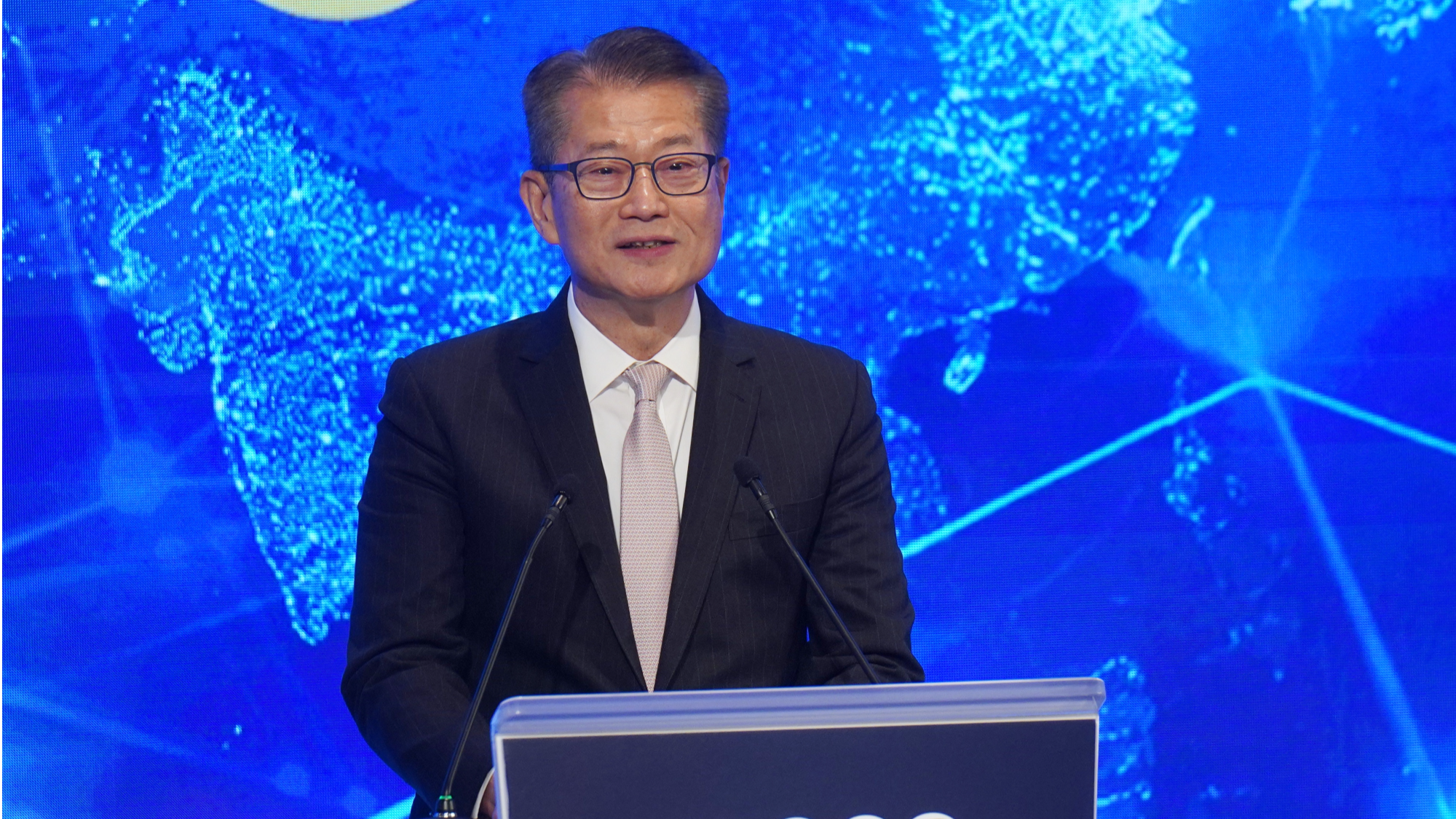
Financial Secretary Paul Chan Mo-po said on Sunday the resumption of the multi-entry Individual Visit Scheme for Shenzhen residents traveling to Hong Kong will not only boost local consumption, but also foster stronger cultural ties between the two cities.
As of Sunday, more than 17 million Shenzhen residents can visit the special administrative region as many times as they wish, reversing a 2015 Chinese mainland policy that limited such visits to once per week. The maximum duration of each visit remains capped at seven days.
This policy shift comes as declining consumption continues to weigh on Hong Kong’s economy. Retail sales in October fell for the eighth consecutive month, dropping 2.9 percent year-on-year, amid a growing trend of Hong Kong residents heading north for spending, dining and leisure. According to provisional data from the Census and Statistics Department, the total value of retail sales in Hong Kong fell by 7.1 percent in the first 10 months of this year, compared to the same period last year.
ALSO READ: HKSAR eyes further cooperation with Luxembourg
“This new measure makes it more convenient and flexible for Shenzhen residents to visit Hong Kong, providing much-needed support to industries such as tourism, retail, and dining,” Chan wrote in his weekly blog.
The finance chief added that the policy will also enable smoother two-way exchanges between residents of Hong Kong and Shenzhen, further strengthening economic and cultural connections between the two cities.
In his third Policy Address, Chief Executive John Lee Ka-chiu announced a series of initiatives aimed at revitalizing the city’s tourism and boosting consumption, including a reduction in liquor tax.
ALSO READ: Developers throw their weight behind Northern Metropolis mega project
Chan also said passenger traffic at Hong Kong International Airport, which currently connects to 200 destinations worldwide, is expected to return to pre-pandemic levels by the end of this year.
He said HKIA’s three-runway system, which was officially launched last week, will raise the airport’s passenger handling capacity by 50 percent by 2035, enabling it to manage 120 million passengers and 10 million tons of cargo annually.


